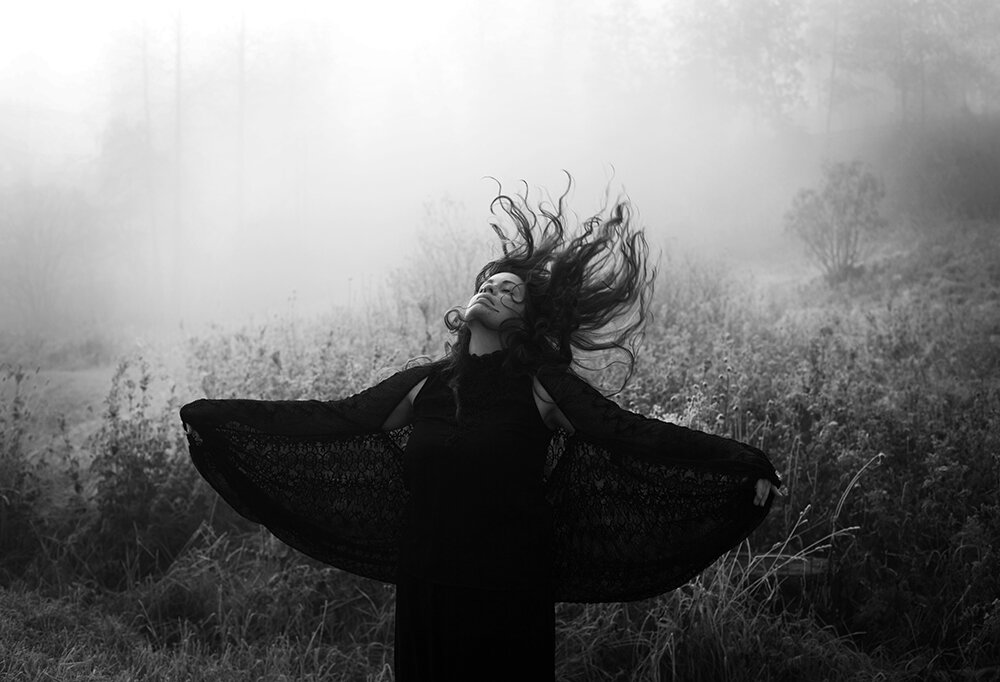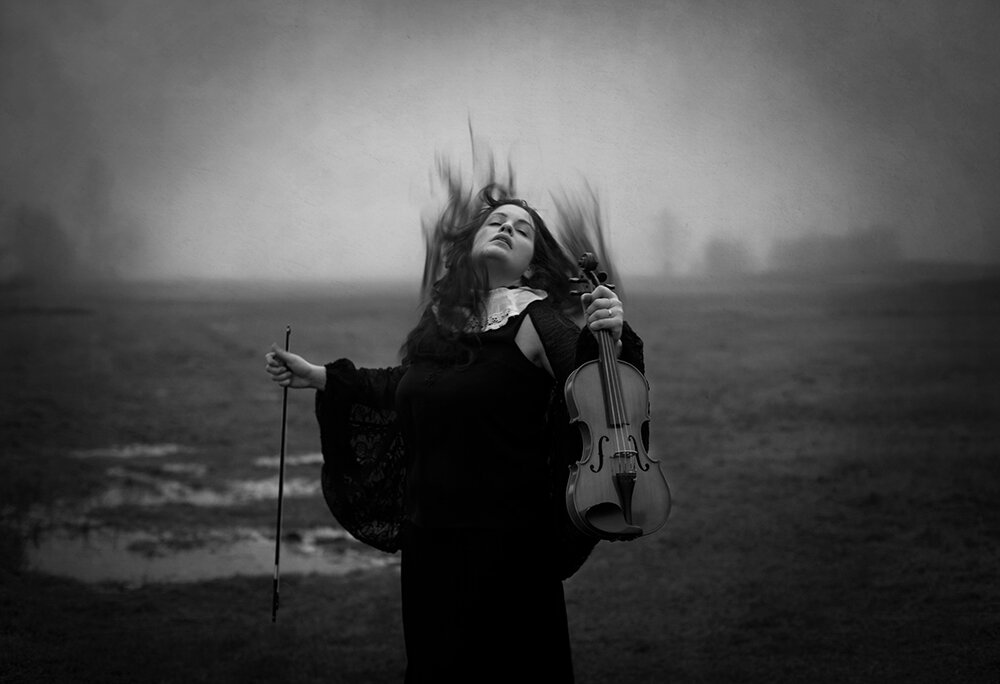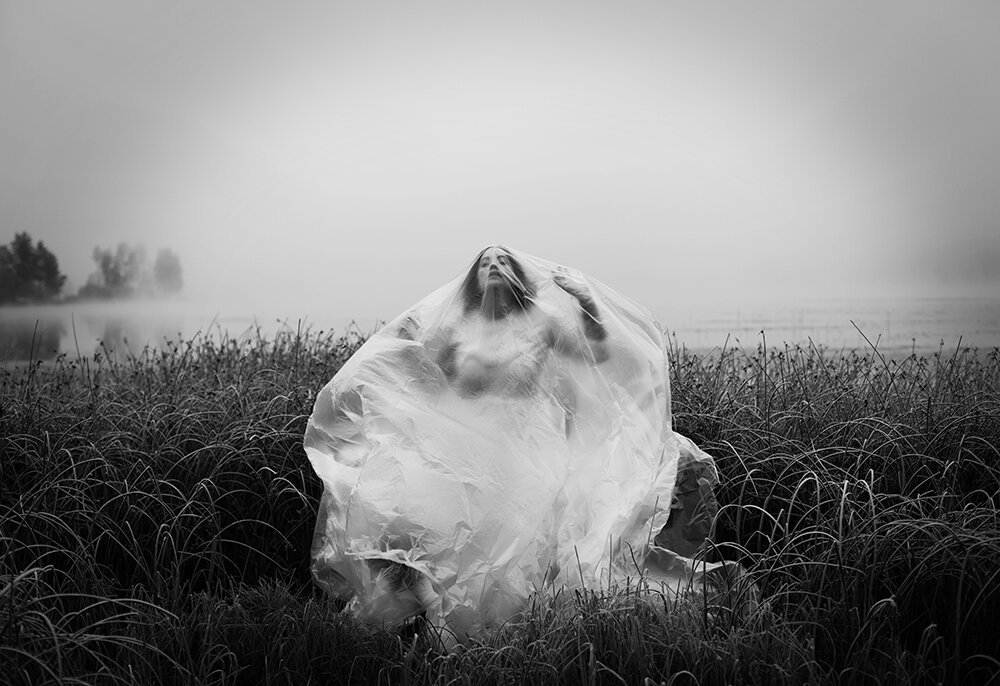Photo Therapy: The Healing Dark Art of Maren Elize Klemp
All images by . Used with permission.
Maren Elize Klemp likes to explore the dark side, because she’s been there.
Using herself and her children as models, Kemp explores “what mental health looks like” in her black and white work, and draws upon her personal experience with bipolar disorder. In addition to raising awareness about mental illness with surreal and supernatural-influenced images, her black-and-white photos demonstrate the creativity that’s possible when you are in touch with your emotions and inner vision.
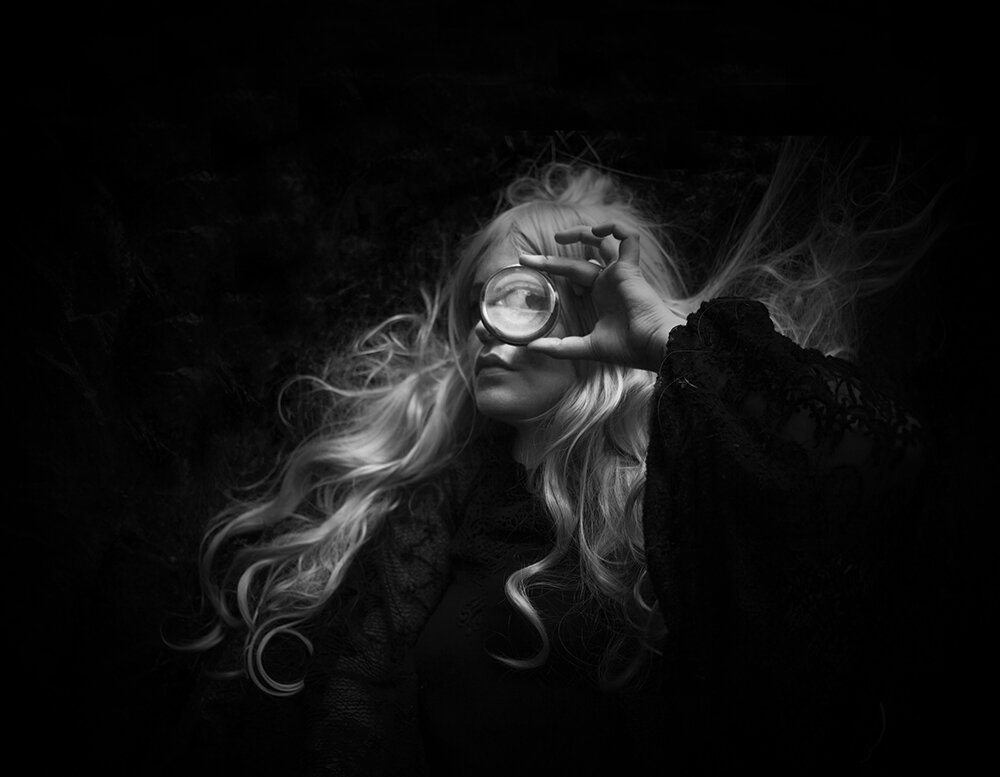
How long ago did you become involved with photography and how did you become interested in it?
As a teenager I had an interest in writing, and wrote poetry and short stories. After a while I felt a need to express myself visually as well. I had no talent for either painting or drawing, so when my father bought me my first camera at the age of 17, I immediately knew that I wanted to pursue a career in photography. A year later I was offered an internship as a photographer at the local newspaper. I learned a lot during this internship, but I quickly realized that I was more drawn to fine-art photography rather than photojournalism. When my internship ended I started to study fine art photography under professor Robert Meyer at Robert Meyer Kunsthøgskole in Oslo.
Your work has a dreamlike and somewhat dark feel to them. Can you talk about how you developed this vision?

I think I was born with this vision, because ever since I was a child I have been drawn to dark art and literature. My writing always had a dark and dreamy touch to it, and so does my photography. I find great beauty in darkness, and it feels natural to incorporate this in my work.
You have said that much of your work is a visual exploration of mental health. Was there something outside of photography that inspired this theme in your work?
Yes, it was. As a young mother of two children I was diagnosed with Bipolar Disorder. I read every article I could find about this diagnosis, but for some reason I wanted to see how the inner turmoil I felt at the time actually looks like. I decided to photograph my emotions and experiences with being affected by a mental disorder, and the result is the series . In order to make the series as honest as possible, I used myself and my children as models.

How do your children react to your work and to being models in your photos? Do they understand the story and what you are trying to show with your work?
My 10 year old son understands my illness and images to some extend, but my 5 year old daughter does not know anything about it. They both enjoy taking pictures with me, especially my daughter thinks it’s exciting that we make art together. The other thing that is important to them is the pocket money they earn from the modeling.. I’ve used them both as models since they were very little, so they are used to being photographed.
Do you consider photography a form of therapy?
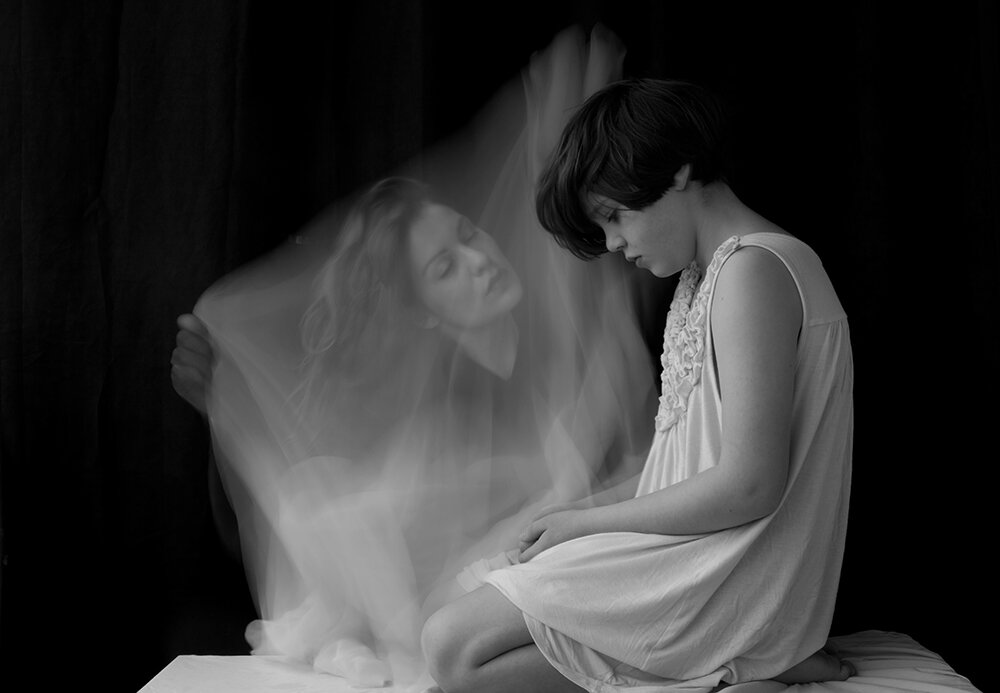
Yes, absolutely. Photography makes me feel calm and peaceful, and I cannot imagine a better form of therapy than spending a day out in nature together with my dog and camera. To see an idea transform into a finished piece is the most rewarding and amazing feeling I can think of.
What photographers or other visual artists do you feel have influenced your work? Whose work speaks to you?
I have always been fascinated by the work of Sally Mann, Emmet Gowin, Jock Sturges and Francesca Woodman. What I like about their work is the ambiguity, darkness and mystery. I can stare at their work for hours, and still discover new aspects and details. To me, this is what great photography is all about, the ability to create several layers of meaning in just one photograph.
Your work has a consistent thematic and visual feel to it. Can you talk about how you developed the “look” of your work?
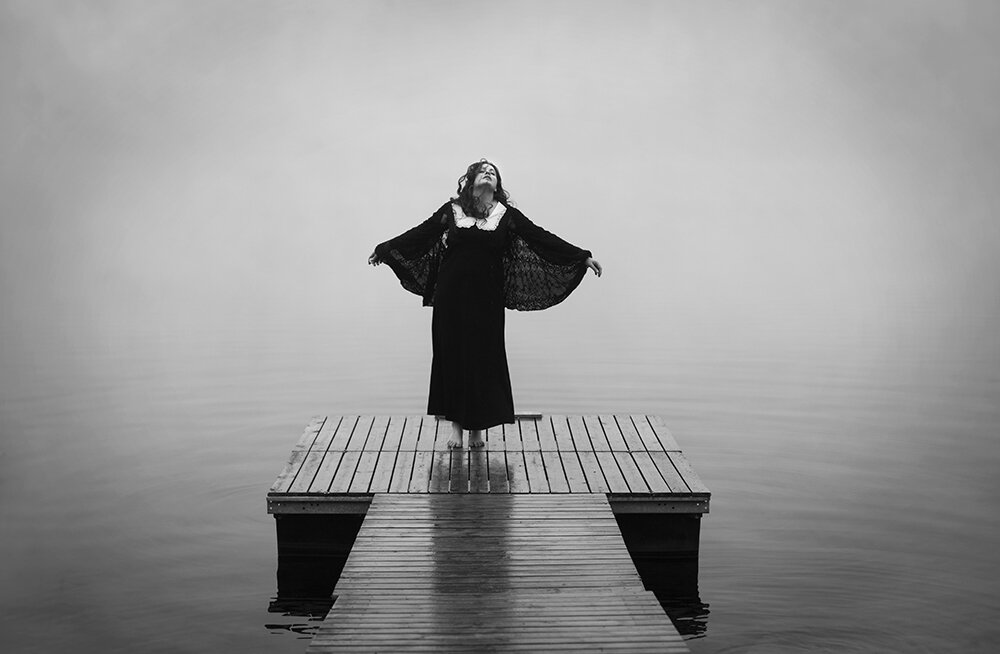
I have a strict rule that I always follow, and that is to never pick up my camera unless I have a clear idea of what kind of emotions I want the picture to convey. I draw sketches and make notes regarding location, wardrobe, equipment and settings. This process can take weeks, but I find it easier to achieve the results I want by working this way. I also like to experiment with different types of fabrics, movement and techniques. My favorite piece of equipment is my Petzval brass lens. This lens gives the images a beautiful vintage look.
Do you shoot mostly film or digital? What’s the rationale for your choice?
I shoot digital, mostly out of convenience. I worked in the dark room when I studied photography, but digital lets me instantly see the results of the shoot, which is important to me, especially since I’m working with self-portraiture.
What advice would you give a photographer who is trying to find his or her vision?
I believe it is important to decide what you want to convey through your work, and what your unique voice is. Once you find your voice I think it’s important to stay true to it, and make sure that your work is cohesive without repeating yourself.
See more of Maren’s work here:
